The wars in Ukraine and Gaza have shown the world that a new technology is now affecting the battlefield: artificial intelligence (AI). The Ukrainian and Russian armies are using AI to help locate and identify targets, pilot drones, and support tactical decision-making.
Get the latest international news and world events from around the world.

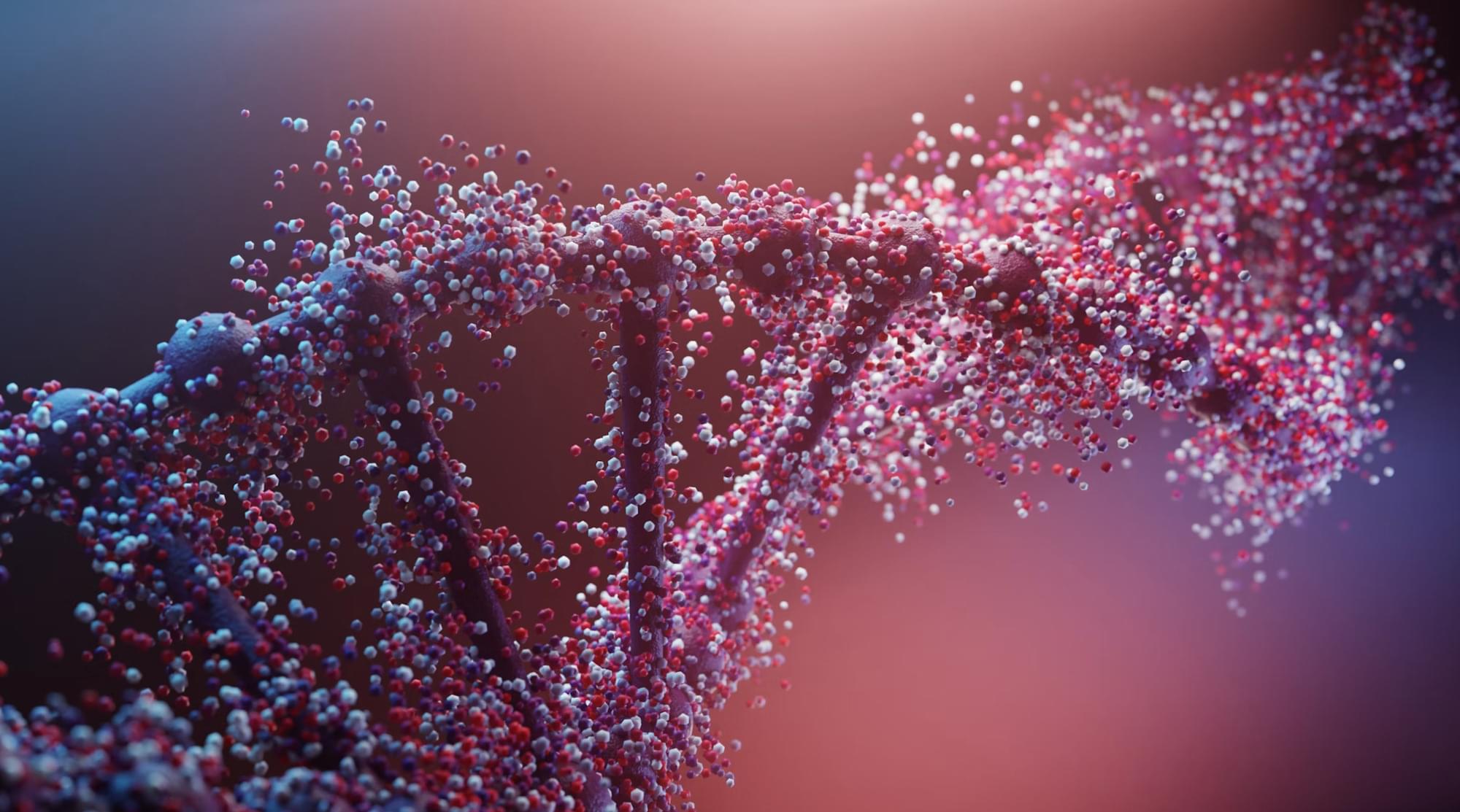

Novel application of punch excision therapy in the treatment of keloids: A systematic review
Keloids are fibroproliferative disorders of the skin marked with elevated interleukin-6 and transforming growth factor-beta, causing pain, pruritus, and decreased quality of life.1 Punch excision therapy is emerging as a simple, quick, and accessible treatment option for keloid management. This review summarizes the current evidence on the efficacy and safety of punch excision therapy in keloid management.
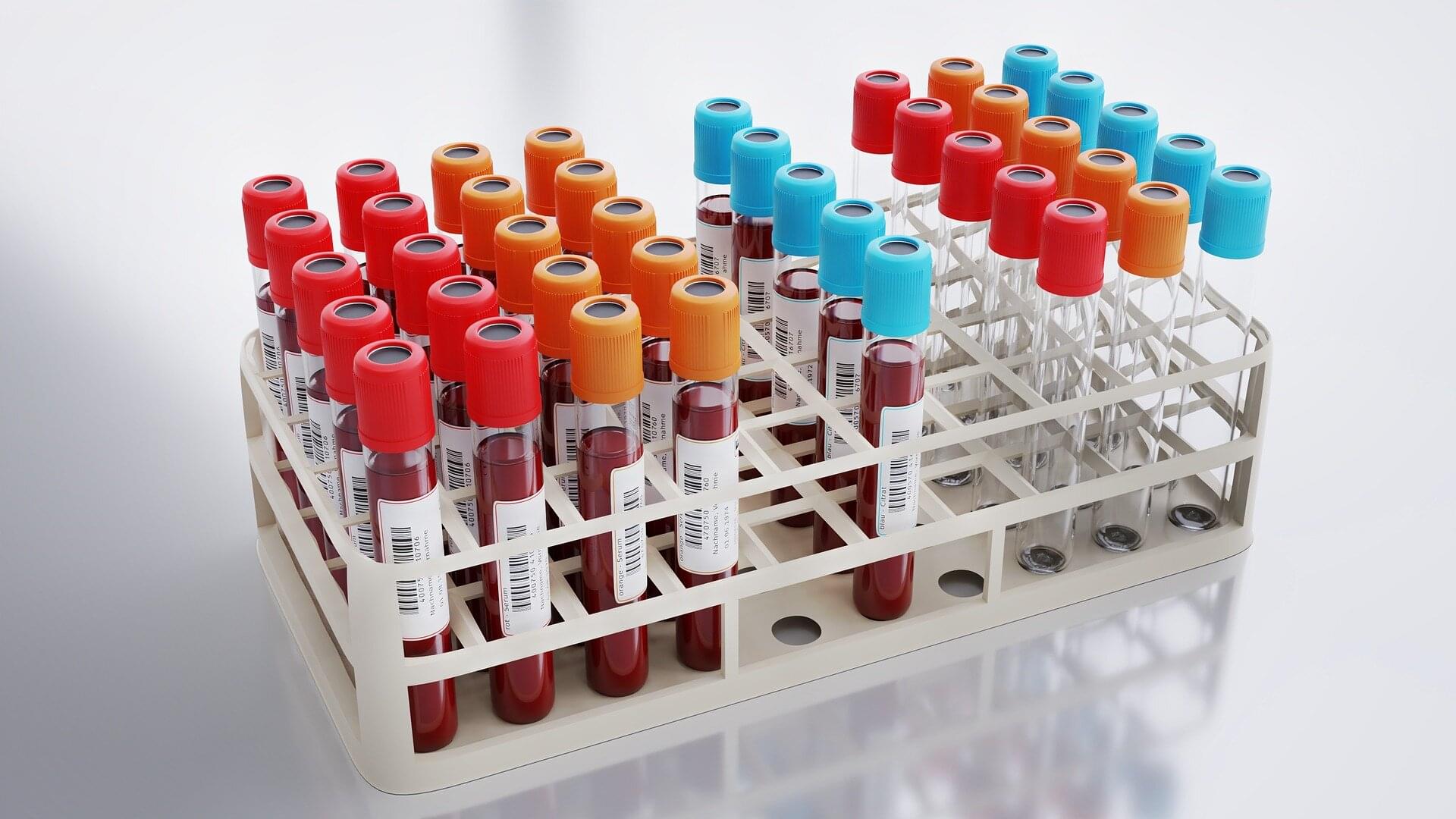
Poor kidney health linked to higher levels of Alzheimer’s biomarkers in blood
People with impaired kidney function have higher levels of Alzheimer’s biomarkers in their blood, but not an increased risk of dementia, according to a study published in Neurology.
The study does not prove that poor kidney function causes higher levels of Alzheimer’s biomarkers in the blood, it only shows an association.
Kidneys remove waste and toxins from the blood, which are then excreted in urine.
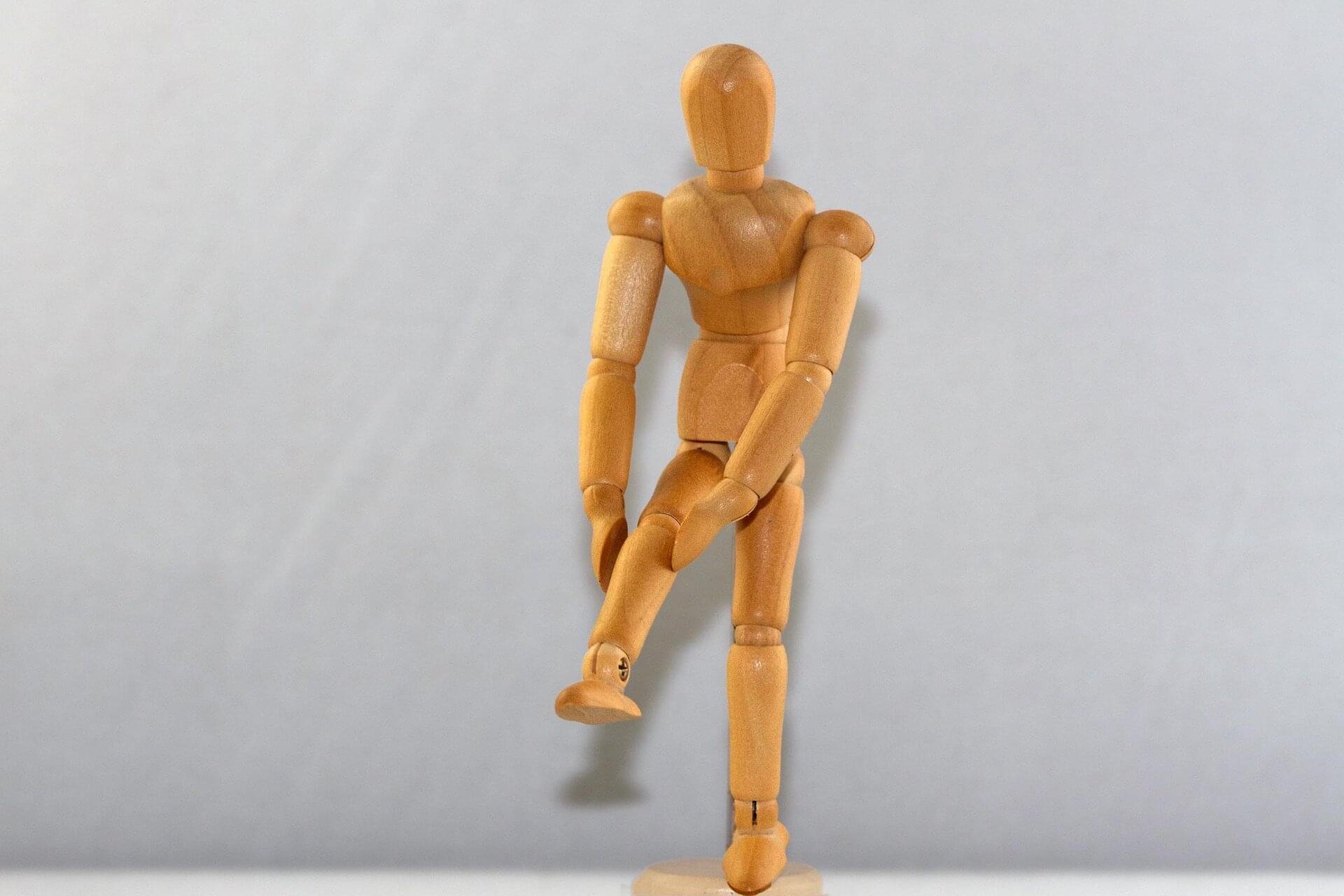
Both total and partial knee replacements deliver lasting benefits at 10 years, clinical trial finds
New research from a randomized clinical trial provides the strongest long-term evidence yet comparing partial (PKR) and total (TKR) knee replacements for patients with osteoarthritis. Published in The Lancet Rheumatology, the study shows both PKR and TKR being equally effective and offering similar clinical outcomes.
In 2019, the Total or Partial Knee Arthroplasty Trial (TOPKAT) study, led by researchers at NDORMS, found that after 5 years, partial knee replacement (PKR) showed similar, if not better, outcomes than total replacement (TKR). But the research horizon was extended to ten years to study whether the longer-term quality of life outlook for patients could be assessed.
Now, with 10 years of data, researchers have found that patients who underwent PKR and TKR had similar long-term pain relief, function, and quality of life outcomes.
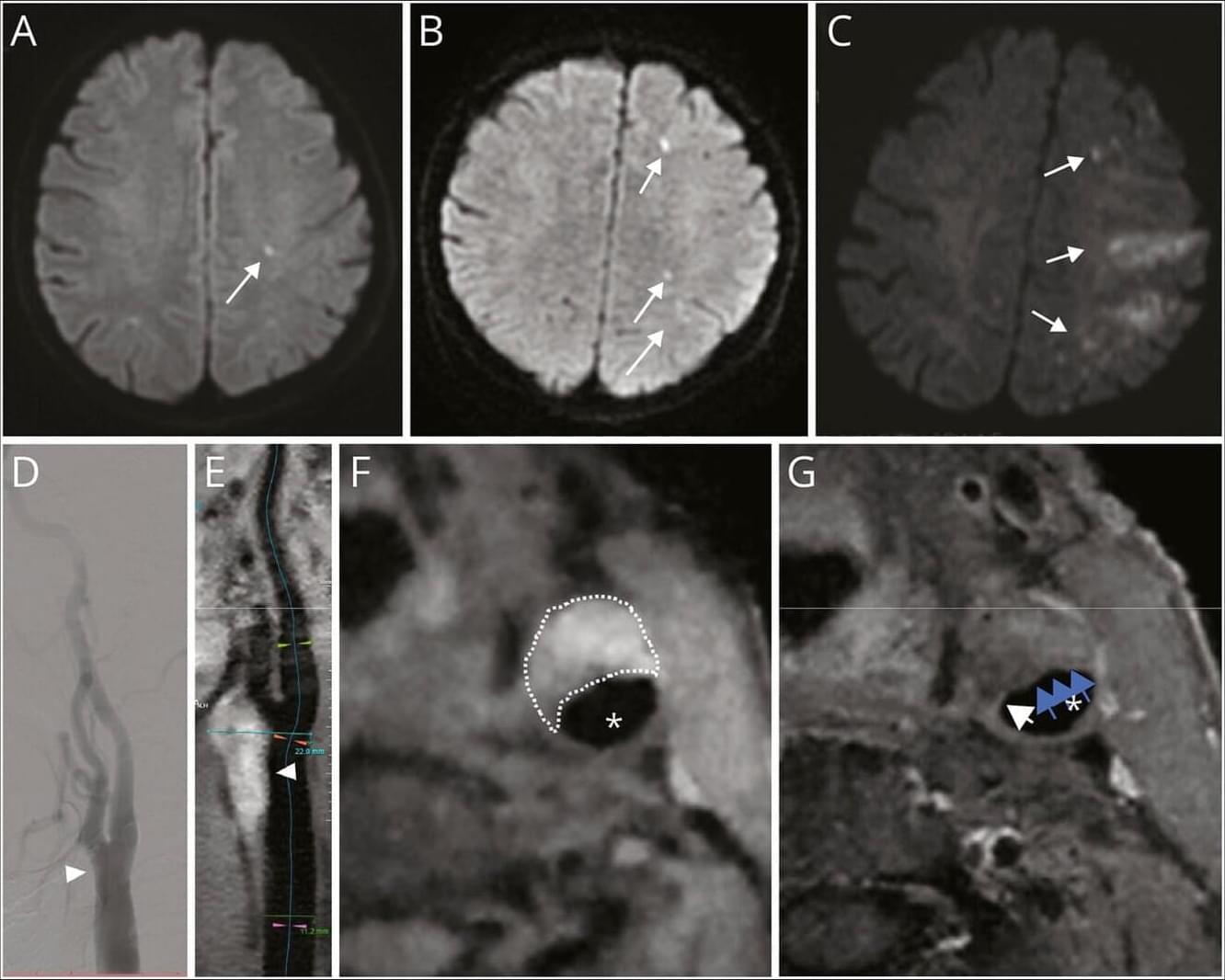

Vascular Endothelial Function in Periodontal Disease: Role of Inflammation
Periodontal disease is a chronic inflammatory condition of the periodontal tissues, encompassing pathologies such as gingivitis and periodontitis. It has been shown that these conditions not only lead to localized inflammation but also have systemic effects on overall health. Recent studies have strongly suggested a link between periodontal disease and chronic systemic diseases, particularly cardiovascular diseases. Among these, endothelial function plays a crucial role in cardiovascular health, and endothelial dysfunction has been reported to contribute to the development of atherosclerosis, hypertension, and coronary artery disease. Endothelial function refers to the ability of endothelial cells to regulate vasodilation and vasoconstriction, primarily through the production and release of nitric oxide.
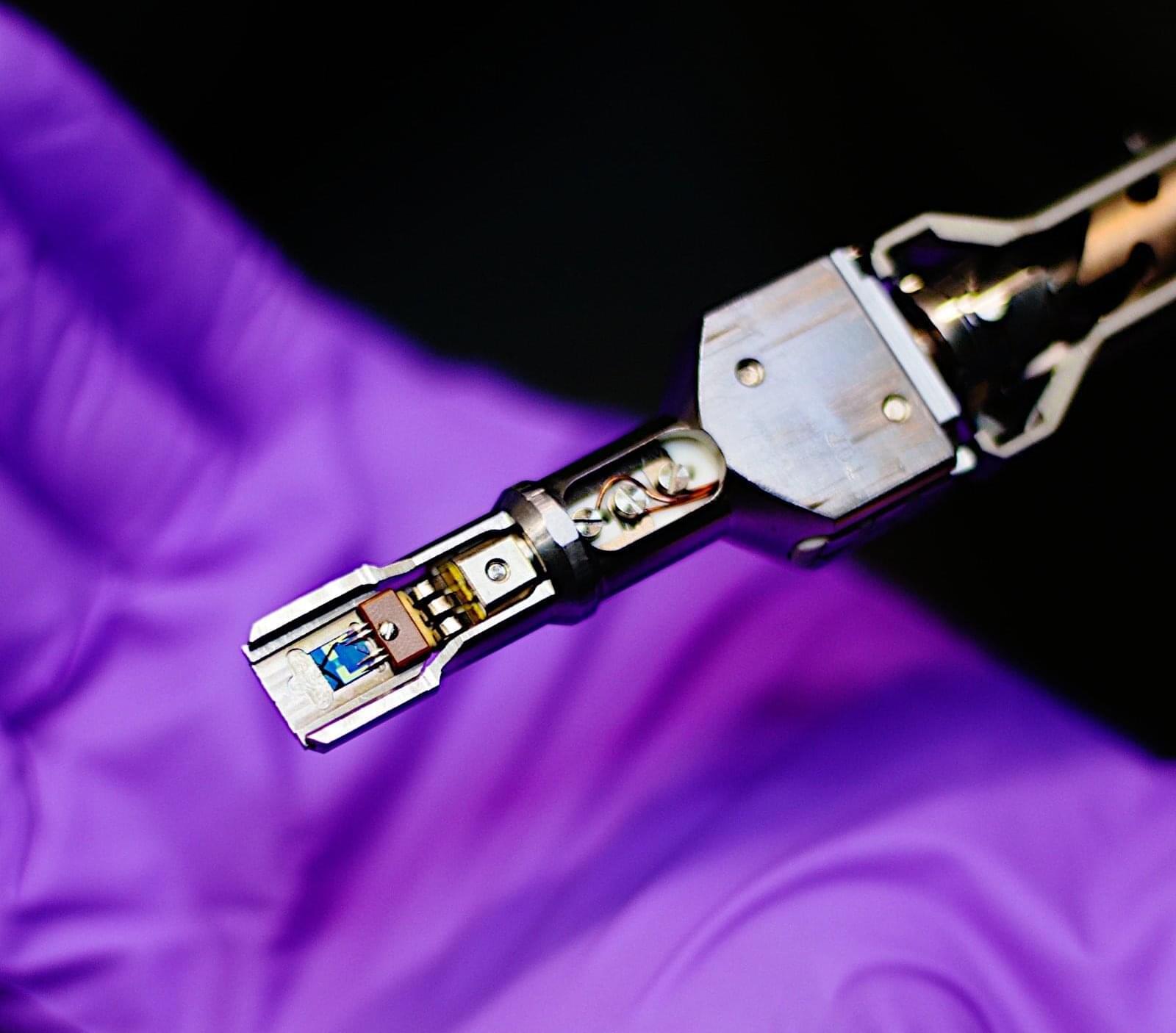
The hexatic phase: Ultra-thin 2D materials in a state between solid and liquid observed for the first time
When ice melts into water, it happens quickly, with the transition from solid to liquid being immediate. However, very thin materials do not adhere to these rules. Instead, an unusual state between solid and liquid arises: the hexatic phase. Researchers at the University of Vienna have now succeeded in directly observing this exotic phase in an atomically thin crystal.
Using state-of-the-art electron microscopy and neural networks, they filmed a silver iodide crystal protected by graphene as it melted. Ultra-thin, two-dimensional materials enabled researchers to directly observe atomic-scale melting processes. The new findings significantly advance the understanding of these phase transitions. Surprisingly, the observations contradict previous predictions—a result now published in Science.
The sudden transition in melting ice is typical of the melting behavior of all three-dimensional materials, from metals and minerals to frozen drinks. However, when a material becomes so thin that it is practically two-dimensional, the rules of melting change dramatically. Between the solid and liquid phases, a new, exotic intermediate phase of matter can arise, known as the “hexatic phase.”
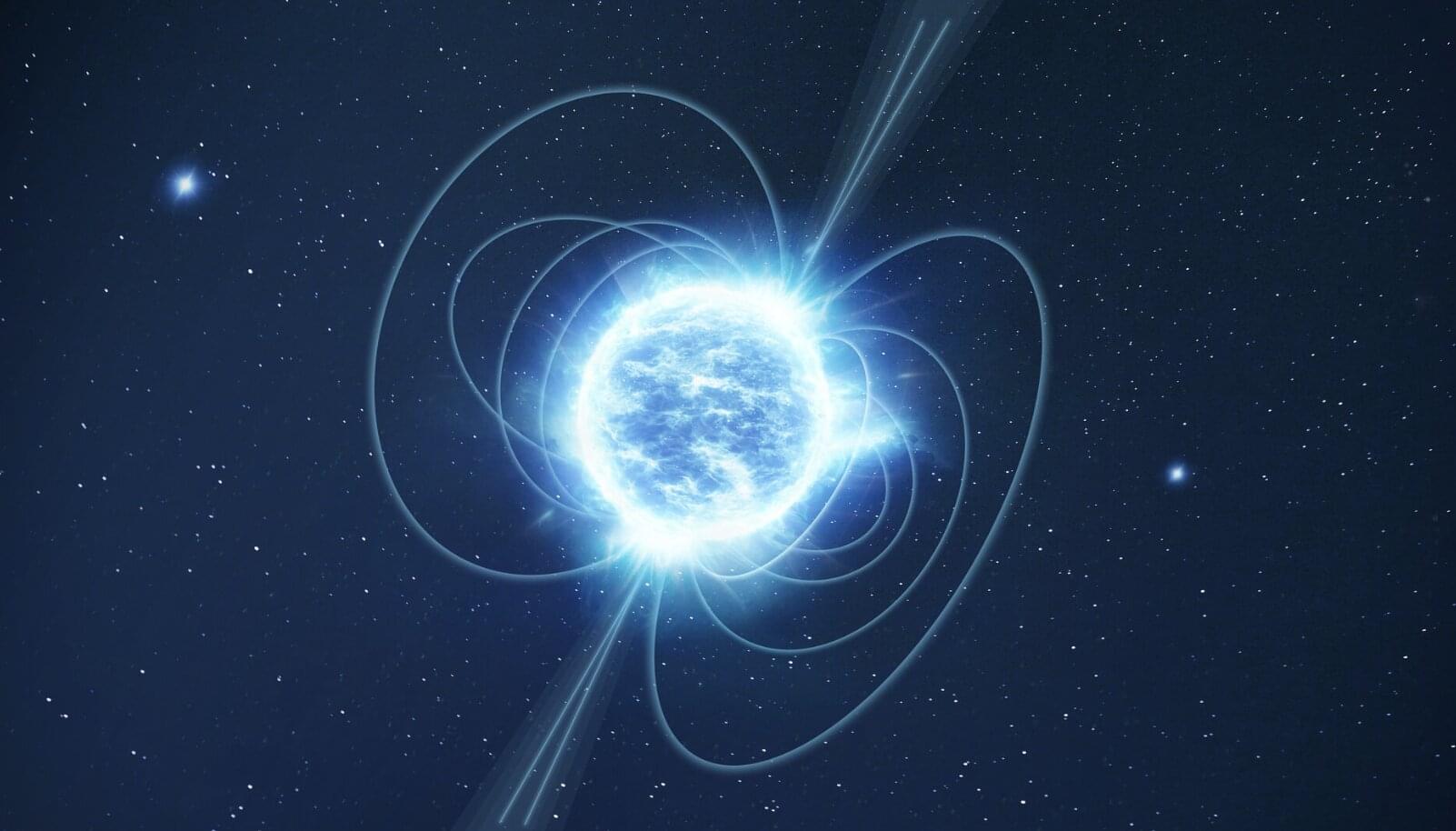
Probing the existence of a fifth force via neutron star cooling
Neutron stars are ultra-dense star remnants made up primarily of nucleons (i.e., protons and neutrons). Over the course of millions of years, these stars progressively cool down, radiating heat into space.
The cooling process of neutron stars could be a promising testbed for various hypothetical particles, including so-called scalar particles. These are particles that do not possess a spin and that, according to some theoretical predictions, could couple to nucleons.
Scalar particles are hypothesized to violate two fundamental laws of gravity, known as the equivalence principle and the inverse-square law. Their observation could thus greatly enrich the present understanding of the universe and its underlying physical forces.